1 Introduction
1.1 What Disperse Can Model
1.2 Limitations
1.3 What Else Disperse Can Do
1.4 Installing and running Disperse
1.5 Display Logic and Mouse Actions
1.6 New Features for Version 2.0
1.7 Warnings
2 Getting Started Quickly
2.1 Quick Start - Flat Isotropic Free Plate
2.2 Quick Start - Flat Isotropic Plate in Water
3 Defining the Structure
3.1 Getting Started
3.2 Defining the Geometry
3.2.1 Some Simple Examples
3.3 Defining a Layer
3.3.1 Liquid
3.3.2 Isotropic
3.3.3 Anisotropic
3.3.4 Variation of properties with frequency
3.3.5 Interface
3.3.6 Boundary
3.4 Opening an Existing File
4 Tracing the Dispersion Curves
4.1 Overview
4.2 Automatic Tracing of Dispersion Curves
4.3 Manually Tracing Dispersion Curves
4.3.1 Sweeping
4.3.2 Tracing
4.3.3 Converging on Roots
4.4 Special Solution Options
4.4.1 Types of Solution
4.4.2 Material Property Variation
5 Displaying the Dispersion Curves
5.1 The Basics
5.2 Default two-dimensional Display Types
5.2.1 Phase Velocity
5.2.2 Group Velocity
5.2.3 Attenuation
5.2.4 Real Wave Number
5.3 Other Forms of Display
5.3.1 Second Graph
5.3.2 Select Axes
5.3.3 Hide Curves
5.3.4 Derived Data
5.3.5 Sweep Results
5.4 Using the Display
5.4.1 Zooming and Moving
5.4.2 Using the Pointer in the Display Window
5.4.3 Toolbar and Edit Options
5.5 Preferences
6 Tools for Processing the Results
6.1 Mode Shapes
6.1.1 Lines
6.1.2 Grid
6.1.3 Power
6.2 Simulated signal
6.2.1 Excitation
6.2.2 Multi-mode
6.3 Calculate function
6.3.1 Input Using Menu Options
6.3.2 Input Using General Equation
6.3.3 Sampling Information
6.4 Show Bulk Velocities
6.5 Verify Solution
6.6 Resample Data
6.7 Input and Output of Information
6.7.1 Saving
6.7.2 Exporting
6.7.3 Import Text File
6.7.4 Copy and Paste
6.7.5 Printing
6.8 Labels
7 Wave Propagation Model
7.1 Wave Equations in Bulk Isotropic Media - General Theory
7.1.1 Properties of the Wave Equation with Attenuation
7.1.2 Treatment for Fluid Materials
7.2 Wave Propagation in Isotropic Flat Plate Structures
7.2.1 Historical Background
7.2.2 Plane Waves in an Infinite Elastic Solid
7.2.3 Plane waves in a Two-Dimensional Space
7.2.4 The Superposition of Plane Waves in a Layered Plate
7.3 Cylindrical Wave Propagation in Isotropic Materials
7.3.1 Historical Background of Cylindrical Wave Propagation
7.3.2 Assumptions and Limitations
7.3.3 Boundary Conditions
7.3.4 Waves in Finite Layers
7.4 Cartesian Wave Propagation in Orthotropic Media
7.4.1 Bulk Waves in Anisotropic Media
7.4.2 Lamb-Type Modes
7.4.3 Shear Horizontal Modes
7.4.4 The Layer Matrix
7.5 Global Matrix Method
7.6 Spring Interface
7.7 Analytical Solutions for Leaky Lamb Case
7.8 Finding a Root
7.9 Tracing a Dispersion Curve
7.10 Mode Shapes
8 Cartesian Examples
8.1 Lamb Waves
8.1.1 Tracing the Curves
8.1.2 Interpreting the Results
8.2 Leaky Lamb Waves
8.3 Surface and Interface Waves
8.3.1 True Rayleigh Waves
8.3.2 Leaky Rayleigh Waves
8.3.3 Stoneley Waves
8.3.4 Thin Layer on a Half-Space
8.4 Visco-Elastic Layers
8.5 Multi-Layered Structures
8.6 Embedded Layers
8.7 Anisotropic Layers
9 Cylindrical Examples
9.1 Cylinders in Vacuum
9.1.1 Tracing the Dispersion Curves
9.1.2 Projections
9.1.3 Naming
9.1.4 Nature of the Modes in Solid Cylinders
9.1.5 Nature of the Modes in Hollow Cylinders
9.1.6 Effect of Changing the Radius
9.2 Cylinders Immersed in a Fluid
9.2.1 Modelling the Fluid Inside the Cylinder
9.2.2 Leakage into the Surrounding Medium
9.3 Cylinders Embedded in a Solid
9.3.1 Different Types of Leakage
9.3.2 Multi-layered, Visco-elastic, Pipes, Embedded in a Solid
10 Additional Information
10.1 File Structure
10.2 How to Get in Contact
10.3 This User Manual
A Summary of Useful Relations
A.1 Relations between Lambda, Rho and Mu
A.2 Wave Speeds
A.3 Constitutive and Compatibility Relations for Elastic Isotropic Material
A.4 Relations between Velocity and Attenuation Constants for Isotropic Materials
A.5 Engineering and Cij Constants for Orthotropic Materials
A.6 Attenuation of waves in materials with complex Cij constants
A.7 Bessel Function Recurrence Relations
A.8 Operations in Cylindrical Coordinates
B List of Examples
C Common Material Properties
D Bibliography
E Index

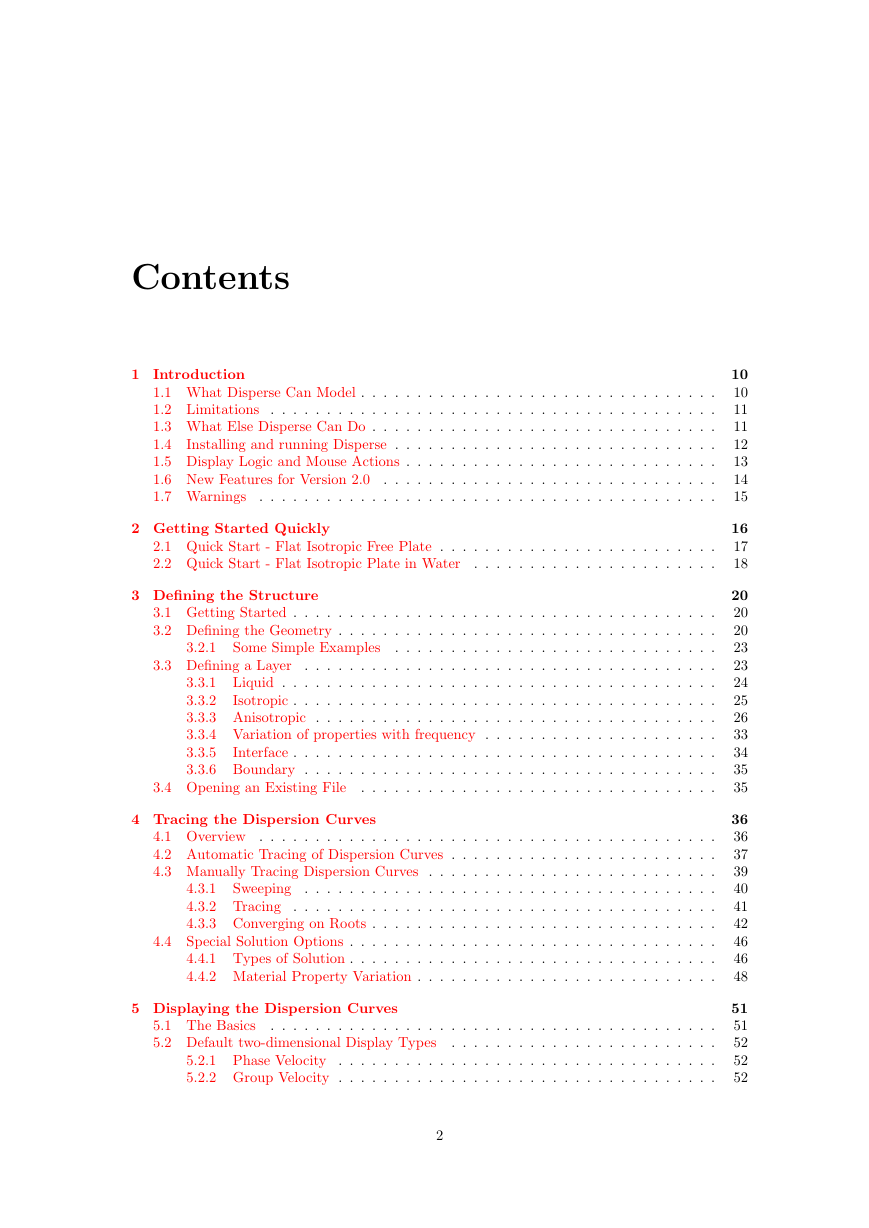
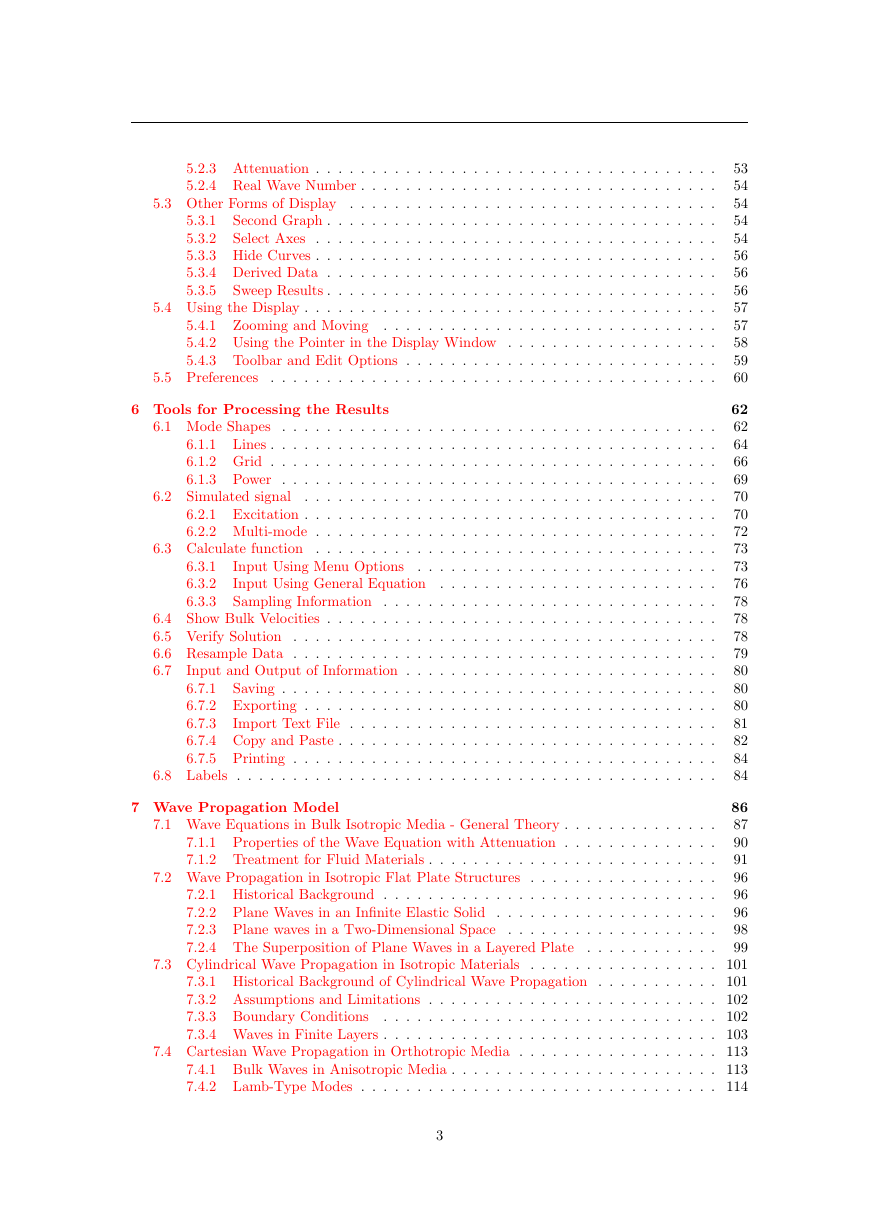
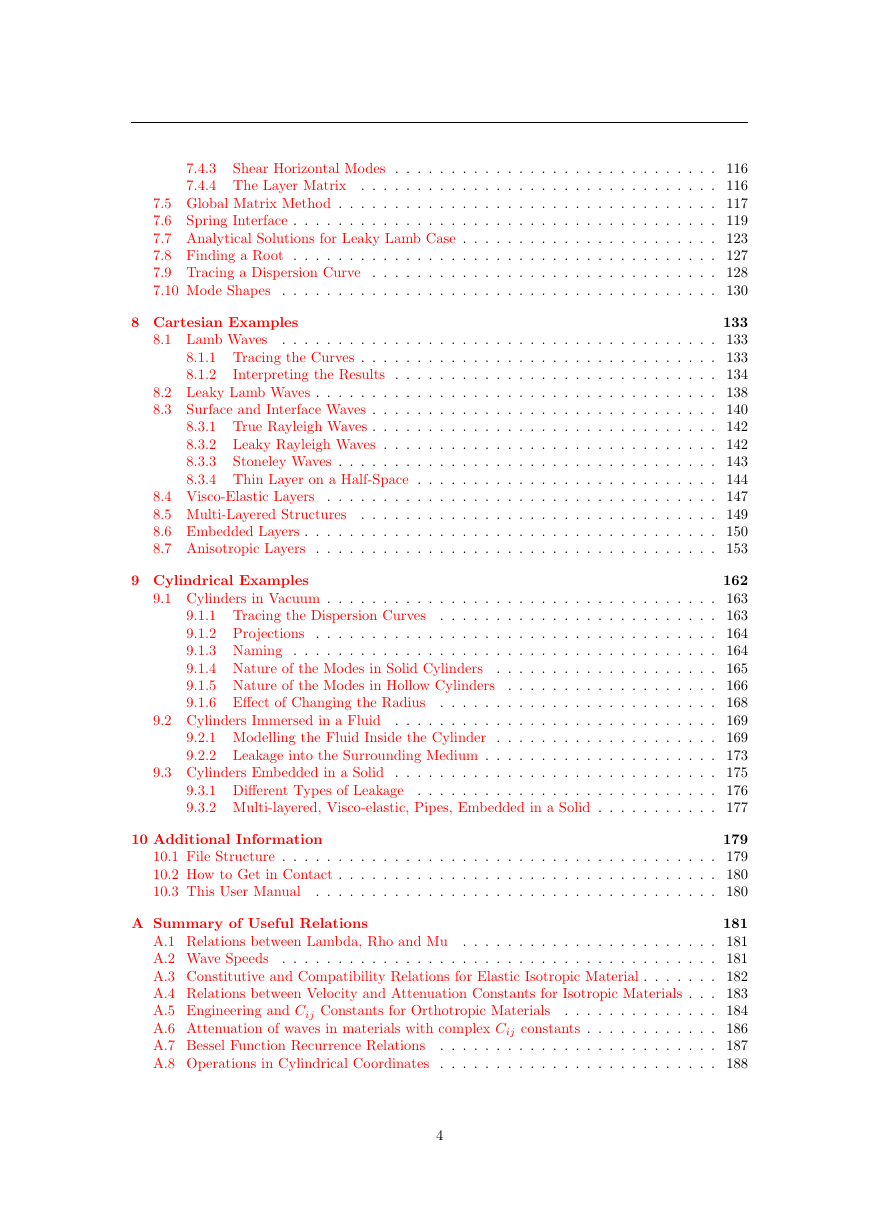
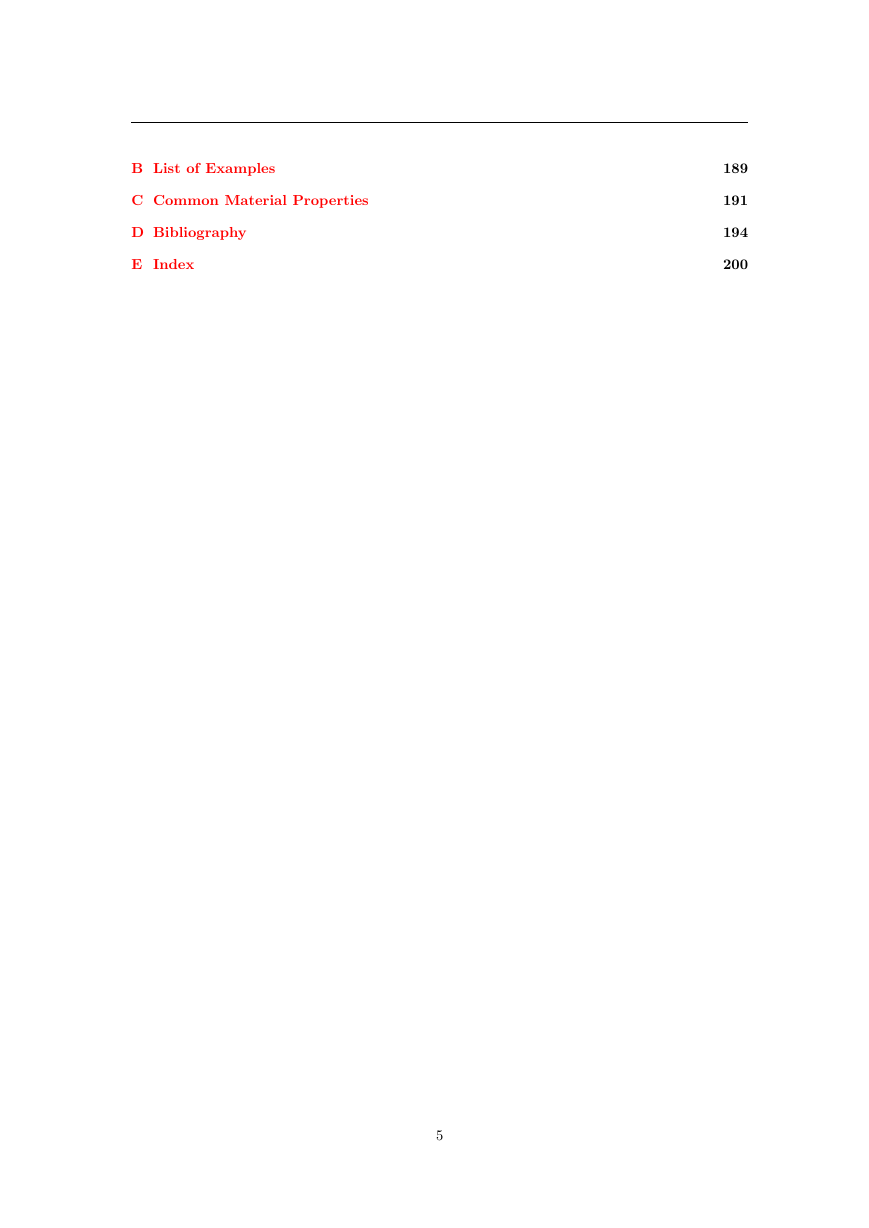
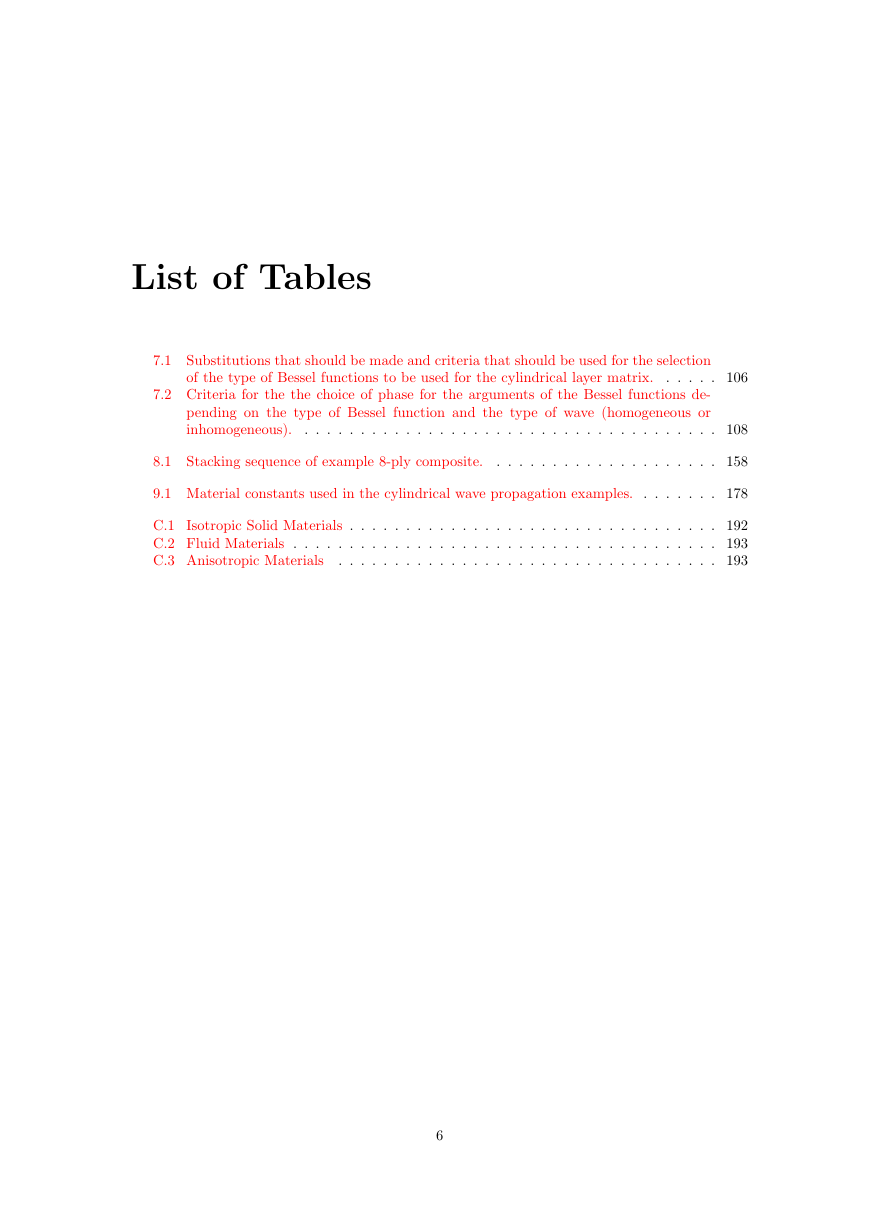
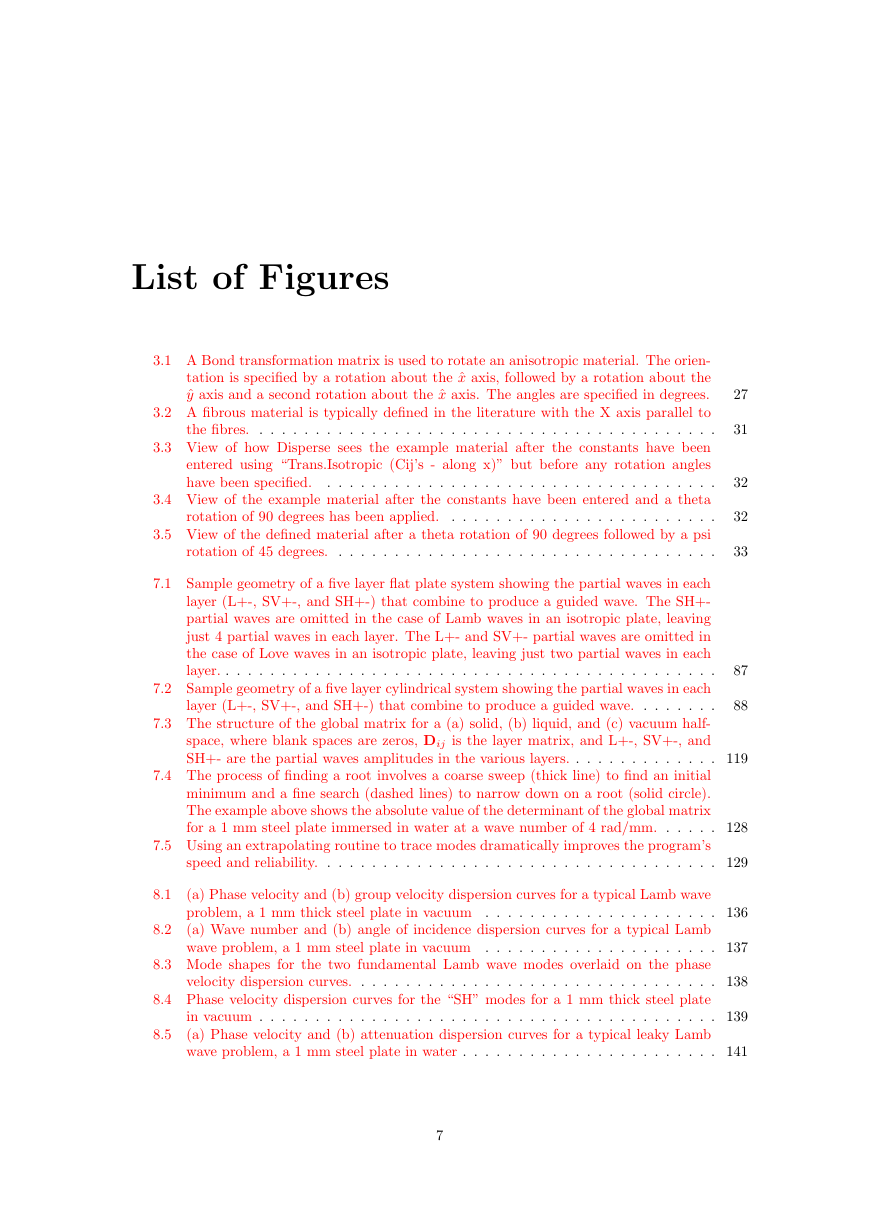
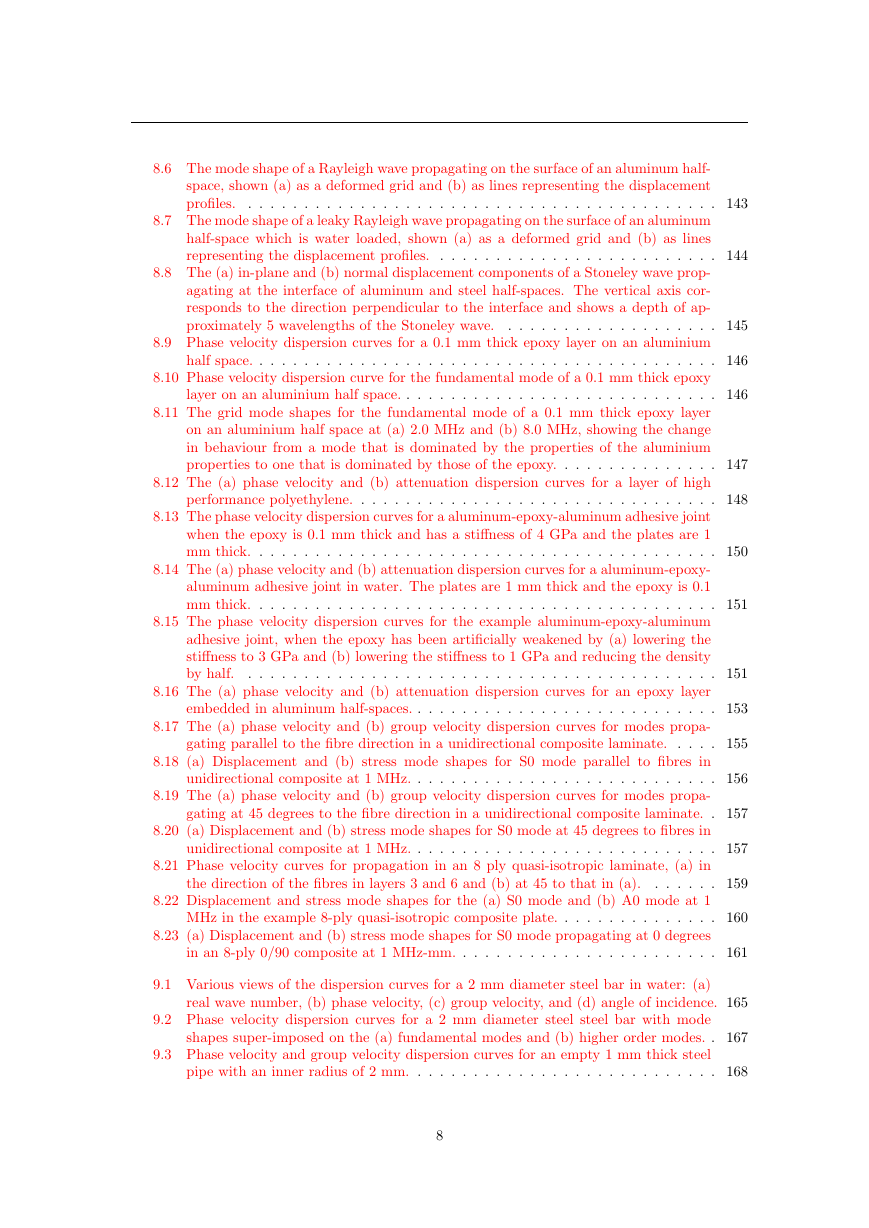








 2023年江西萍乡中考道德与法治真题及答案.doc
2023年江西萍乡中考道德与法治真题及答案.doc 2012年重庆南川中考生物真题及答案.doc
2012年重庆南川中考生物真题及答案.doc 2013年江西师范大学地理学综合及文艺理论基础考研真题.doc
2013年江西师范大学地理学综合及文艺理论基础考研真题.doc 2020年四川甘孜小升初语文真题及答案I卷.doc
2020年四川甘孜小升初语文真题及答案I卷.doc 2020年注册岩土工程师专业基础考试真题及答案.doc
2020年注册岩土工程师专业基础考试真题及答案.doc 2023-2024学年福建省厦门市九年级上学期数学月考试题及答案.doc
2023-2024学年福建省厦门市九年级上学期数学月考试题及答案.doc 2021-2022学年辽宁省沈阳市大东区九年级上学期语文期末试题及答案.doc
2021-2022学年辽宁省沈阳市大东区九年级上学期语文期末试题及答案.doc 2022-2023学年北京东城区初三第一学期物理期末试卷及答案.doc
2022-2023学年北京东城区初三第一学期物理期末试卷及答案.doc 2018上半年江西教师资格初中地理学科知识与教学能力真题及答案.doc
2018上半年江西教师资格初中地理学科知识与教学能力真题及答案.doc 2012年河北国家公务员申论考试真题及答案-省级.doc
2012年河北国家公务员申论考试真题及答案-省级.doc 2020-2021学年江苏省扬州市江都区邵樊片九年级上学期数学第一次质量检测试题及答案.doc
2020-2021学年江苏省扬州市江都区邵樊片九年级上学期数学第一次质量检测试题及答案.doc 2022下半年黑龙江教师资格证中学综合素质真题及答案.doc
2022下半年黑龙江教师资格证中学综合素质真题及答案.doc